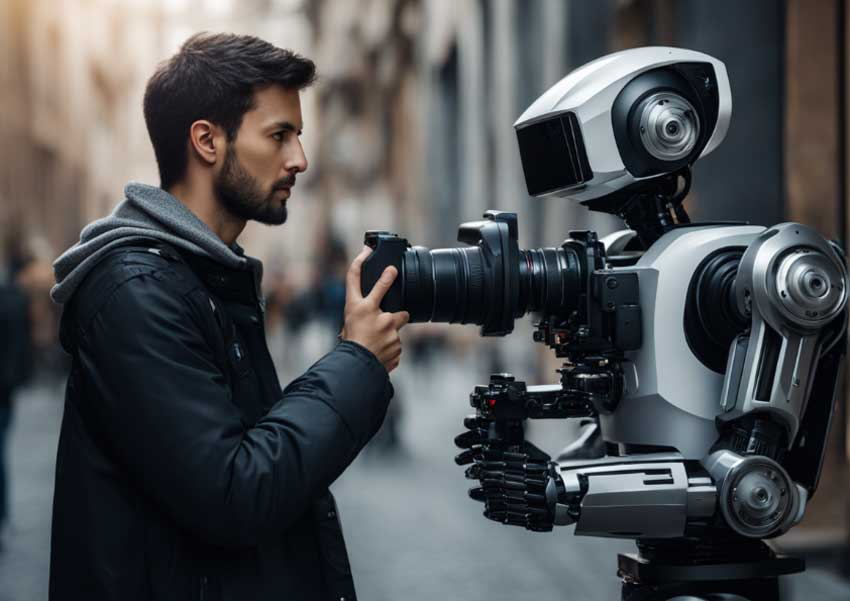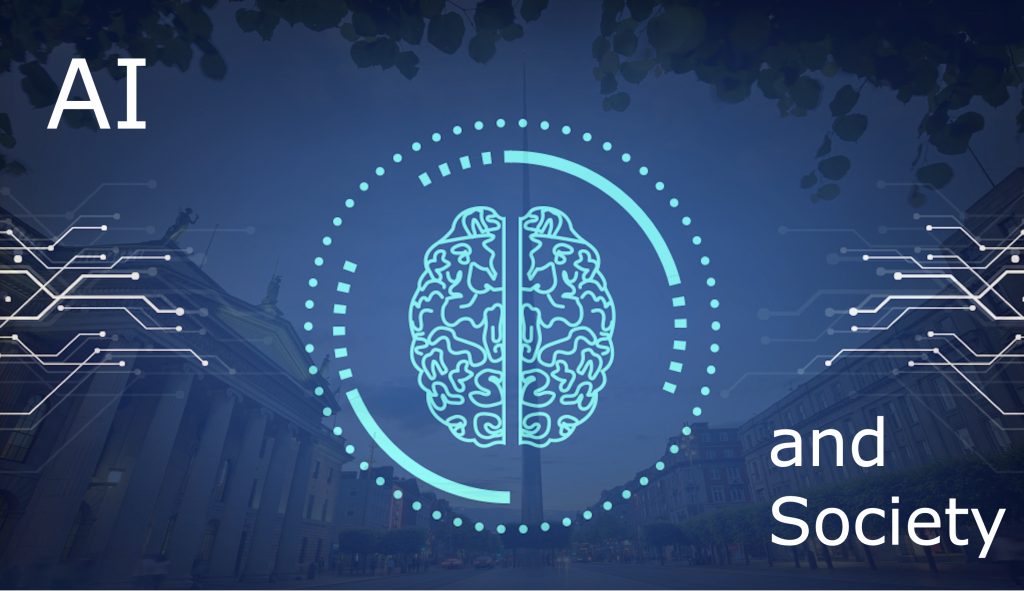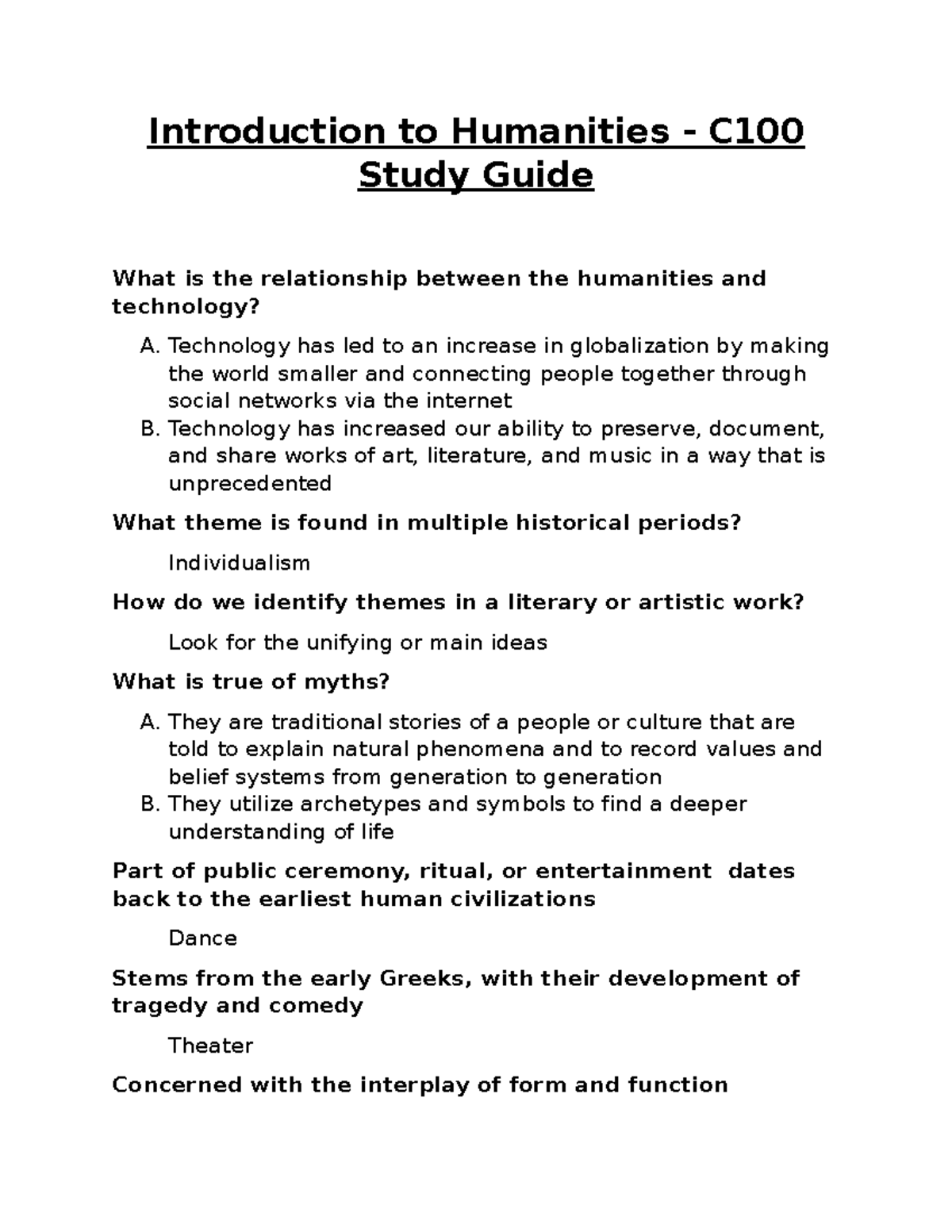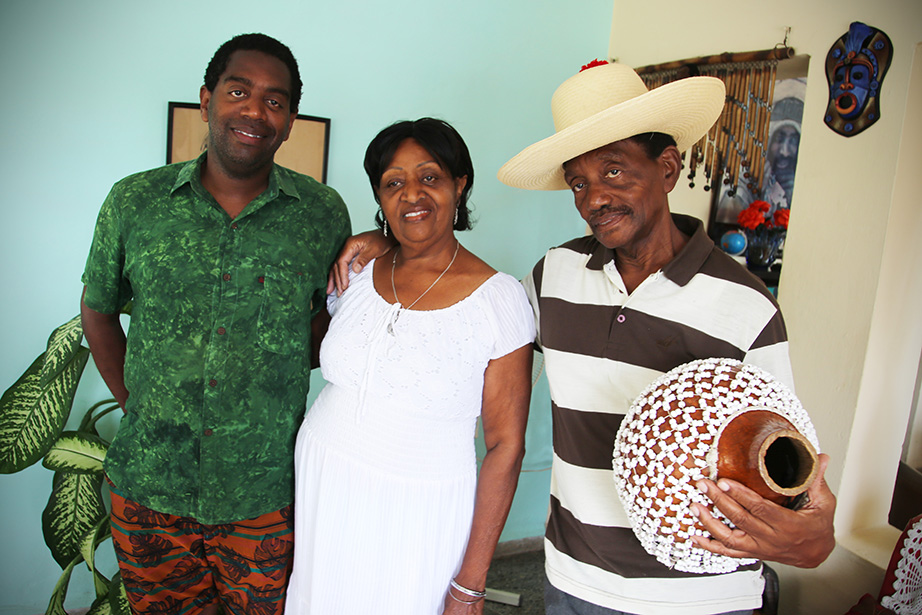AI and photojournalism are at a crucial intersection, where innovative technology meets visual storytelling. As the field faces challenges such as copyright concerns and ethical dilemmas, Emmy award-winning visual storyteller Kira Pollack is exploring how AI technology in photography can help safeguard and preserve invaluable photojournalism archives. With a focus on authentic images from frontline narratives, Pollack aims to use artificial intelligence as a tool for enhancing the accessibility and context of unseen photographs that document our shared history. By leveraging AI’s potential for cataloging, she hopes to create a more comprehensive understanding of visual narratives while respecting the integrity of their authors. Moreover, Pollack’s commitment to ethical AI in media emphasizes the importance of using technology not to exploit, but to empower the art of photojournalism, ensuring that the truth captured through these lenses endures in the digital age.
The integration of artificial intelligence into the realm of photography and journalistic media presents a fascinating paradigm shift. As we scrutinize the evolving relationship between technology and visual documentation, Kira Pollack exemplifies this dialogue, advocating for the preservation of photographic legacies using cutting-edge tools. The pressing issues surrounding the maintenance of historical archives come into focus, particularly as many compelling images remain overlooked or forgotten. Pollack’s work addresses these concerns by examining how AI can facilitate the organization and contextualization of these crucial records, which bear witness to significant world events. In doing so, she also navigates the ethical implications surrounding the use of advanced algorithms and highlights the need for responsible practices within the evolving landscape of visual storytelling.
The Intersection of AI and Photojournalism
Artificial intelligence has emerged as a double-edged sword in the realm of photojournalism. On one hand, it poses a significant threat through copyright challenges and the creation of synthetic images that can erode public trust in genuine photographic documentation. On the other hand, industry leaders like Kira Pollack advocate for leveraging AI technology to preserve the invaluable archives of professional photojournalists. Understanding this intersection between progress and preservation is essential as photojournalists and technologists forge a path forward in the evolving media landscape.
Pollack’s work at the Shorenstein Center exemplifies the potential for AI to enhance photojournalism rather than diminish it. By using AI tools to catalog and organize extensive photo archives, photojournalists can ensure that critical images documenting historical events are accessible for future generations. This approach not only safeguards the visual narrative of our world but also demonstrates the ethical deployment of AI technology in media, creating a vital bridge between innovation and authenticity.
Challenges of Photo Preservation in the Age of AI
Photo preservation is an often overlooked aspect of photojournalism, especially as the rapid advancement of AI technology threatens the integrity of visual records. Kira Pollack stresses that many photojournalists have vast archives filled with unseen or unpublished images, which tell stories that are crucial to understand our history. The challenge lies in ensuring these archives are not lost or misused during the AI transition. Pollack emphasizes the role that technology can play in empowering photojournalists to preserve their legacies while tackling concerns about unauthorized use of images.
Navigating the complex issues surrounding photo preservation requires a multifaceted approach. Pollack’s research focuses on whether AI can be employed ethically to help organize and contextualize these valuable records. The goal is clear: protect the essence of photojournalism, which hinges on truth, authorship, and memory. Developing AI systems that respect photographers’ rights while enhancing the discoverability of their work could redefine the future of photo preservation.
Ethical AI in Media and its Implications
The rise of artificial intelligence in media brings forth a crucial discussion on ethics, especially concerning photojournalism. Kira Pollack’s exploration into ethical AI addresses the pressing concerns regarding the ownership and authorship of images utilized in training AI models. There is an urgent need to articulate and maintain the ethical standards that govern how AI interacts with visual media, ensuring that the rights of photographers are safeguarded against exploitation in this new technological milieu.
Pollack’s fellowship provides a unique platform for dialogue among diverse stakeholders in the media ecosystem, from technologists to ethicists and journalists. This collaboration is essential for establishing parameters that promote ethical AI practices while reinforcing journalistic integrity. By exploring these dimensions, the aim is to create a framework where AI technology can coexist with photojournalism, enhancing rather than compromising the authenticity and quality of visual storytelling.
The Future of Photojournalism Archives
Photojournalism archives are essential for understanding the narratives that shape our society. However, with the advent of generative AI technologies, the risk of losing these invaluable records is palpable. Kira Pollack highlights the importance of preserving the visual history represented in these archives, particularly as many renowned photojournalists document critical events throughout their careers. The challenge is to find innovative ways to manage and maintain these archives, ensuring they remain accessible and relevant in today’s fast-paced digital landscape.
Pollack’s research into the potential of AI technology serves as a beacon of hope for the future of photojournalism. By focusing on the effective cataloging and contextualization of existing photojournalism archives, there is an opportunity to breathe new life into these rich resources. This proactive approach not only aims to safeguard the legacy of photojournalism but also empowers future generations to engage with and learn from the visual stories that define our collective history.
AI’s Role in Enhancing Visual Storytelling
While artificial intelligence is often viewed with skepticism, there is potential for it to enhance visual storytelling within photojournalism. Kira Pollack’s innovative approach involves using AI to analyze and interpret complex images, thereby enriching the narrative quality of photojournalism. This technology can provide insights and context that deepen the audience’s understanding of significant events captured by photojournalists, thereby fostering a more nuanced appreciation of their work.
Pollack’s experiments with AI technology exemplify how it can transform raw photo data into engaging educational content. By converting mundane archival records into dynamic storytelling tools, Pollack aims to bridge the gap between historical documentation and contemporary audience engagement. This potential to enrich narratives without compromising integrity aligns with the vital objectives of photojournalism: conveying truth, evoking emotion, and ensuring that critical stories are effectively communicated.
Harnessing AI for Combatting Misrepresentation
As AI-generated images increasingly flood social media, photojournalism faces the daunting challenge of maintaining public trust. Kira Pollack recognizes that while AI can present risks, it can also serve as a tool for combatting misrepresentation in visual media. By employing AI to authenticate images and preserve genuine photojournalism, Pollack advocates for a proactive approach to safeguard the authenticity of visual narratives in an age of misinformation.
The implications for photojournalism are significant: by leveraging AI responsibly, photojournalists can verify the integrity of images and bolster the credibility of their work. This safeguarding of visual truth not only reinforces journalistic standards but also fosters greater public confidence in the media landscape. Pollack’s commitment to utilizing AI for upholding the authenticity of photojournalism serves as a pivotal model for the industry moving forward.
The Importance of Authorship and Legacy in Photography
Authorship and legacy are fundamental concepts within photography, serving as the bedrock of a photographer’s work and reputation. Pollack emphasizes that preserving photographers’ identities and the unique perspectives they bring to their images is critical. As the field of visual media evolves with the help of AI, there is a growing concern that the nuances of each photographer’s story could become obscured by the reliance on technology alone.
Through her exploration of AI, Pollack aims to develop methods that not only catalog photographs but also highlight the authorship and intent behind each image. Her approach seeks to create dynamic archives that reflect the photographer’s narrative, thereby enriching the viewer’s connection to the visual content. By prioritizing authorship, Pollack endeavors to honor the legacy of photojournalists while utilizing new technologies that serve to enhance, rather than erase, their contributions.
AI and the Evolution of Photographic Techniques
The advent of AI in photography represents a paradigm shift in how images are created and interpreted. Pollack recognizes that while AI technology can change the landscape of photographic techniques dramatically, it also carries the potential to enhance traditional craft. By using AI to analyze and refine photographic techniques, photojournalists can experiment with new creative avenues that would have been previously unimaginable.
Pollack’s inquiries into AI’s capabilities go beyond mere documentation; they seek to explore how this technology might inform future photographic innovation. Through collaboration with talented engineers and photojournalists, Pollack aims to find intersections between the aesthetic qualities of images and AI’s analytical power. This intersection may usher in an era where the artistic process is augmented by technology, allowing for deeper exploration and expression within the field of photography.
Engaging with Diverse Disciplines through the Shorenstein Fellowship
The Shorenstein Fellowship provides a fertile ground for interdisciplinary engagement, bringing together experts from various fields to discuss the challenges and opportunities that AI presents within photojournalism. Kira Pollack’s unique perspective as both a journalist and a visual storyteller allows her to navigate the complex conversations surrounding ethical standards in media and technology. This cross-disciplinary approach fosters a deeper understanding of how to responsibly utilize AI tools while protecting the core values of journalism.
By drawing on insights from technologists, ethicists, and media practitioners, the fellowship promotes collaborative discussions that could shape the future of photography. This proactive engagement is essential for not only addressing the urgent challenges posed by evolving technologies but also for defining the ethical framework necessary to govern their integration into the journalism landscape. Pollack’s work at the Shorenstein Center exemplifies how interdisciplinary thinking can lead to innovative solutions that preserve the integrity and authenticity of photojournalism in a rapidly advancing digital age.
Frequently Asked Questions
What is the role of AI technology in photography and photojournalism?
AI technology is increasingly used in photography and photojournalism to enhance image analysis, organization, and preservation. Innovators like Kira Pollack are exploring how AI can assist in cataloging and contextualizing vast archives of photojournalistic work, ensuring that these valuable visual records remain accessible and authentic, while addressing challenges such as copyright protection and ethical usage.
How can AI help preserve photojournalism archives?
AI can significantly aid in preserving photojournalism archives by enabling more efficient cataloging and organization of images. As highlighted in Kira Pollack’s research, AI tools can analyze and interpret complex images, providing insights that enhance our understanding of historical contexts. This assists in safeguarding the visual narrative of critical events captured by photojournalists over the years.
What ethical concerns arise with the use of AI in photojournalism?
The use of AI in photojournalism raises several ethical concerns, particularly related to ownership, authorship, and the potential misuse of images. As Kira Pollack emphasizes, AI technologies can inadvertently exploit photographers’ work, leading to questions about consent and how images are used for training AI models. It is crucial to ensure that AI applications uphold the integrity of photographic storytelling while protecting photographers’ rights.
Can AI technology improve the storytelling aspect of photojournalism?
Yes, AI technology has the potential to enhance the storytelling aspect of photojournalism. By analyzing and contextualizing images, AI can uncover layers of meaning and narrative depth that might be overlooked. Kira Pollack’s experiments with AI demonstrate that it can provide detailed insights into visually complex content, thereby enriching the viewer’s understanding and emotional engagement with the stories told through photographs.
What are the risks of AI undermining trust in photojournalism?
The rise of AI presents risks of undermining trust in photojournalism, particularly due to the proliferation of photorealistic synthetic images that may circulate without context or verification. As Kira Pollack notes, the challenge lies in distinguishing between authentic photojournalism and AI-generated content, which can create confusion and diminish public confidence in visual media. Addressing these risks is essential for maintaining the credibility of photojournalism.
How does AI technology impact the authenticity of photojournalistic images?
AI technology impacts the authenticity of photojournalistic images by offering tools that can help preserve and authenticate vast archives while also presenting challenges in terms of image manipulation. Kira Pollack’s exploration focuses on using AI to reinforce visual truth and protect the integrity of historical records, ensuring that the original intent and context of photojournalism are honored even in the face of technological advances.
| Key Points | Details |
|---|---|
| Kira Pollack’s Initiative | Investigating how AI can preserve and enhance the archives of photojournalists. |
| Threats Posed by AI | AI poses risks through copyright issues and the creation of synthetic images that can undermine trust. |
| Archives of Photojournalism | 95% of photojournalist images remain unseen. These archives are vital for documenting history. |
| Experiments with AI | Case studies with AI analyzing images to extract meaning and context from historical conflicts. |
| Challenges of Truth and Authorship | Navigating issues of trust while using AI to preserve visual integrity. |
Summary
AI and photojournalism are at a crossroads, where the very technology that threatens the authenticity of photography also offers unique opportunities for preservation. Kira Pollack’s work explores these dual aspects, aiming to safeguard photojournalism’s critical archives while addressing trust and integrity issues faced in an age of misleading imagery. By leveraging AI responsibly, there is hope to enhance the visibility and significance of photojournalists’ invaluable work while upholding the core values of truth and authorship. The ongoing dialogue around these challenges will shape the future of the field.



